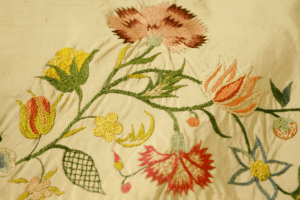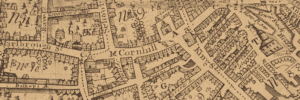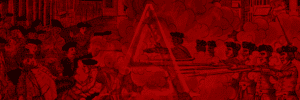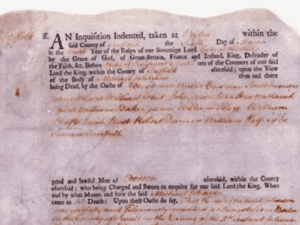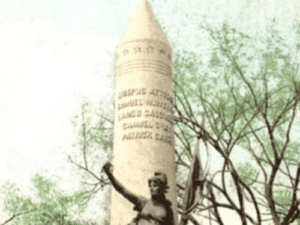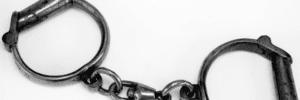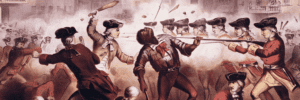Search Results: info
In accordance with all state and local guidelines, the Old State House and Old South Meeting House will remain closed until further notice. We make this decision to support the efforts of government officials and healthcare professionals working to protect the public and promote healthy practices.
Read MoreMultiple official historic sites on and adjacent to Boston’s iconic Freedom Trail and the Freedom Trail Foundation collectively announced that they would end all public programming and tours and close to the public until at least March 31.
Read MoreAttucks’s death at the Boston Massacre became a rallying point on the road to Revolution.
Read MoreAs a man of Native ancestry, Attucks would have had many reasons to resent both the colonists and the British.
Read MoreOver the almost 250 years since his death, Crispus Attucks has remained a symbol for various movements advocating for African American rights, from Abolitionism to the Civil Rights Movement. 21st Century movements have been no different. Attucks’s identity has been yet again recovered by the grassroots Black Lives Matter movement.
Read MoreOn October 17, 1976, to mark the bicentennial, the Boston Equal Rights League and the City of Boston held a ceremony in honor of Crispus Attucks, whom many considered an African American patriot and the first martyr of the American Revolution.
Read MoreAs civil rights leaders argued for basic freedoms for African Americans as American citizens, Crispus Attucks became a symbol of the continuous contribution of blacks to the nation. Many viewed his actions on that fateful day in March 1770 as a demonstration of the deep patriotism of blacks since the founding of this country, patriotism that African Americans still celebrate many years later.
Read MoreThe Fugitive Slave Act of 1850 was a contested law that gave Southern slaveholders the power to intrude in Northern cities and take alleged fugitive slaves back to captivity. Animated by the hotbed of abolitionism taking hold in the city, Boston activists worked to maintain the freedom of fugitive slaves and even fought violently to maintain black freedom. Under these circumstances, many abolitionists invoked the memory of Crispus Attucks to justify their actions and called upon the need for black freedom.
Read MoreMost Americans today recognize the Paul Revere print of the Boston Massacre. Thanks to every high school U.S. history textbook, Revere’s print is the image that comes to our minds when we think of the “Bloody Massacre” on March 5, 1770. But when we look at the famous print today, we realize that someone is missing from the scene: Crispus Attucks.
Read More

